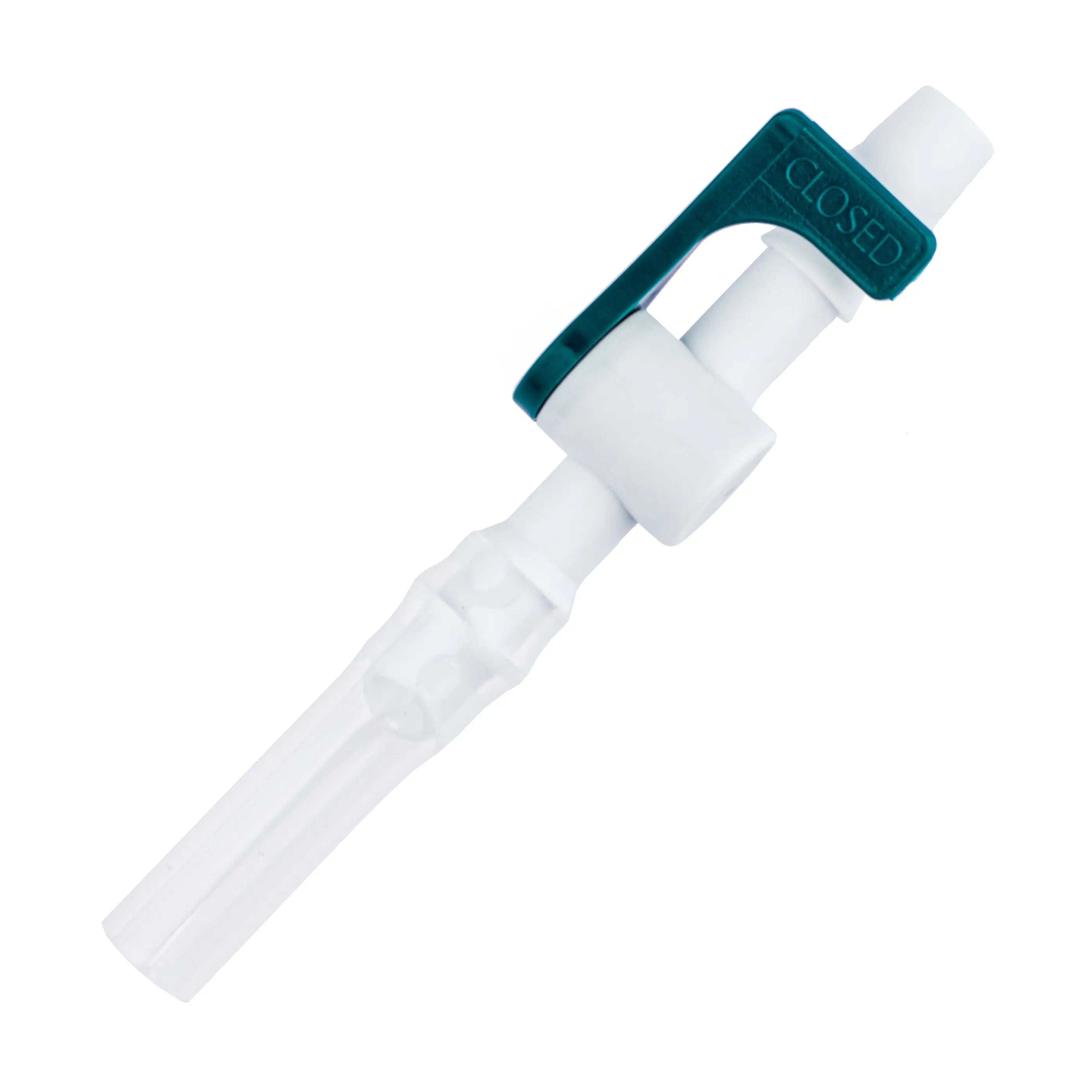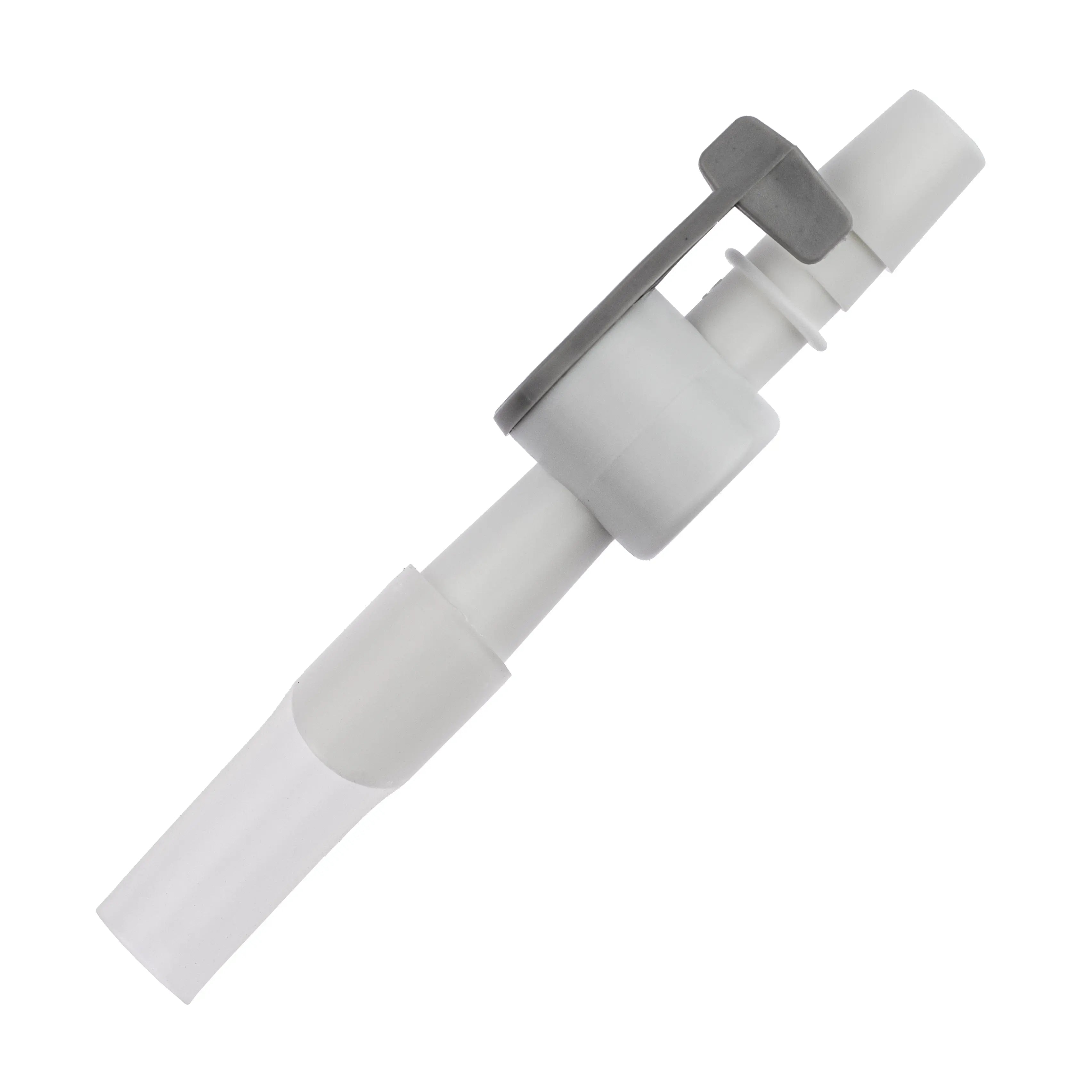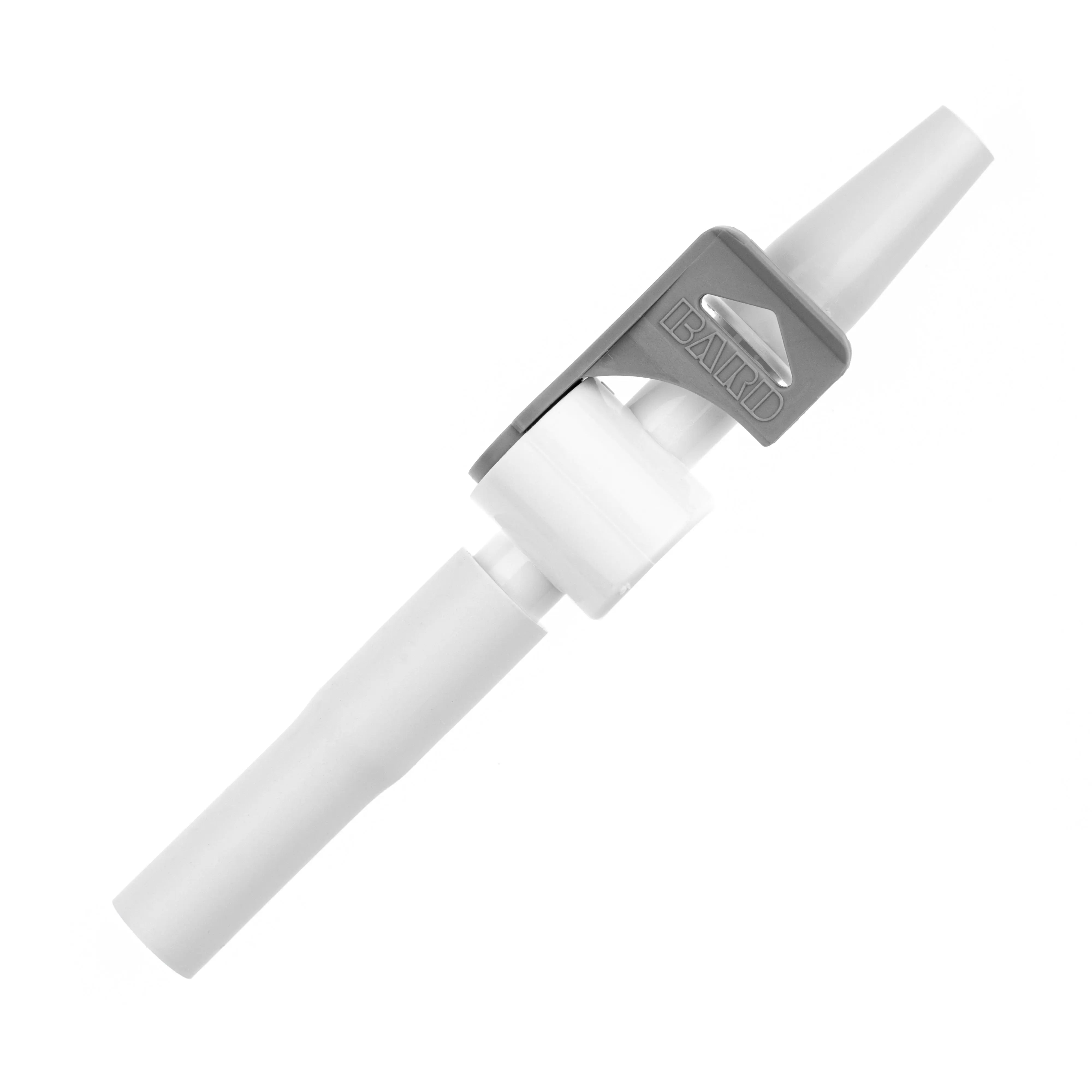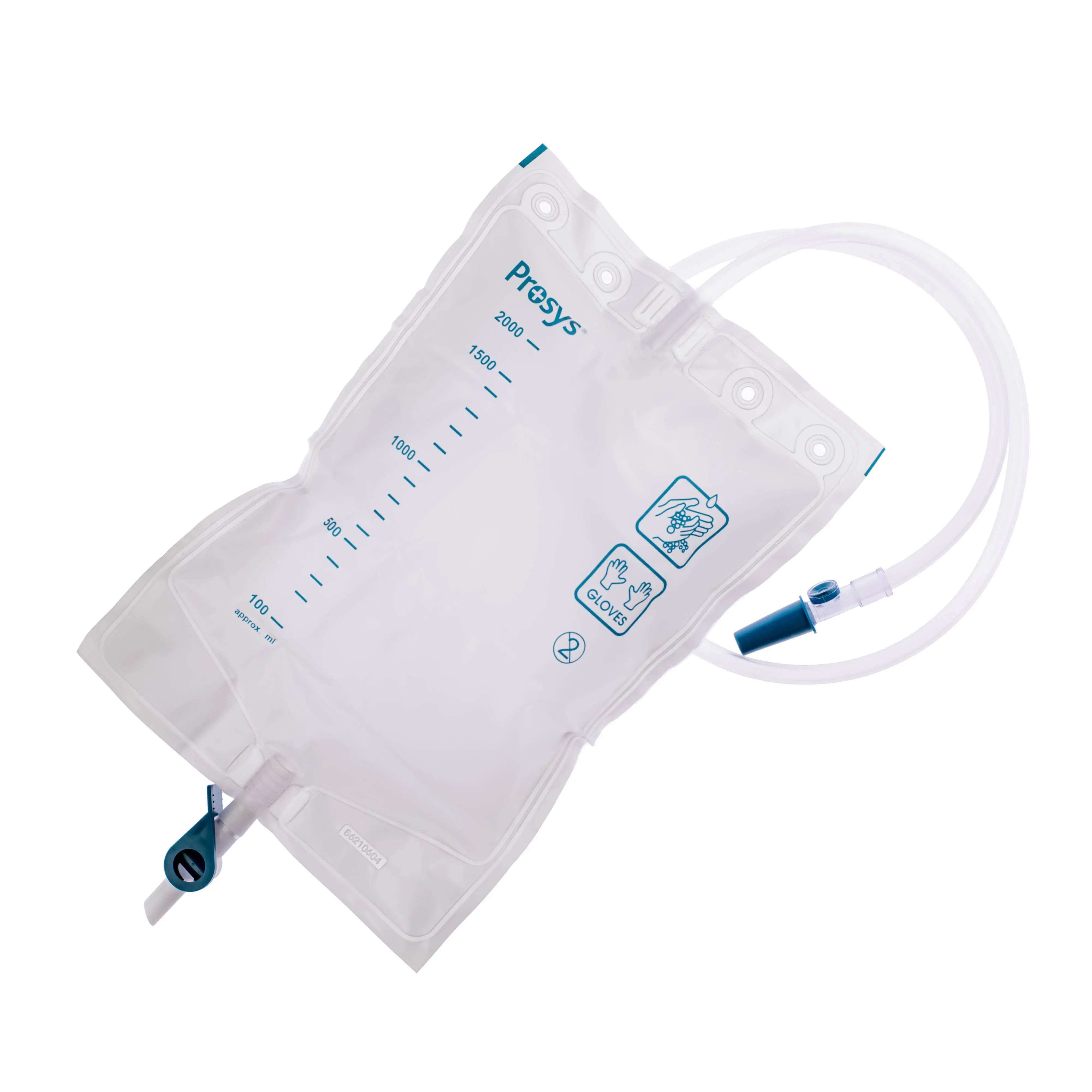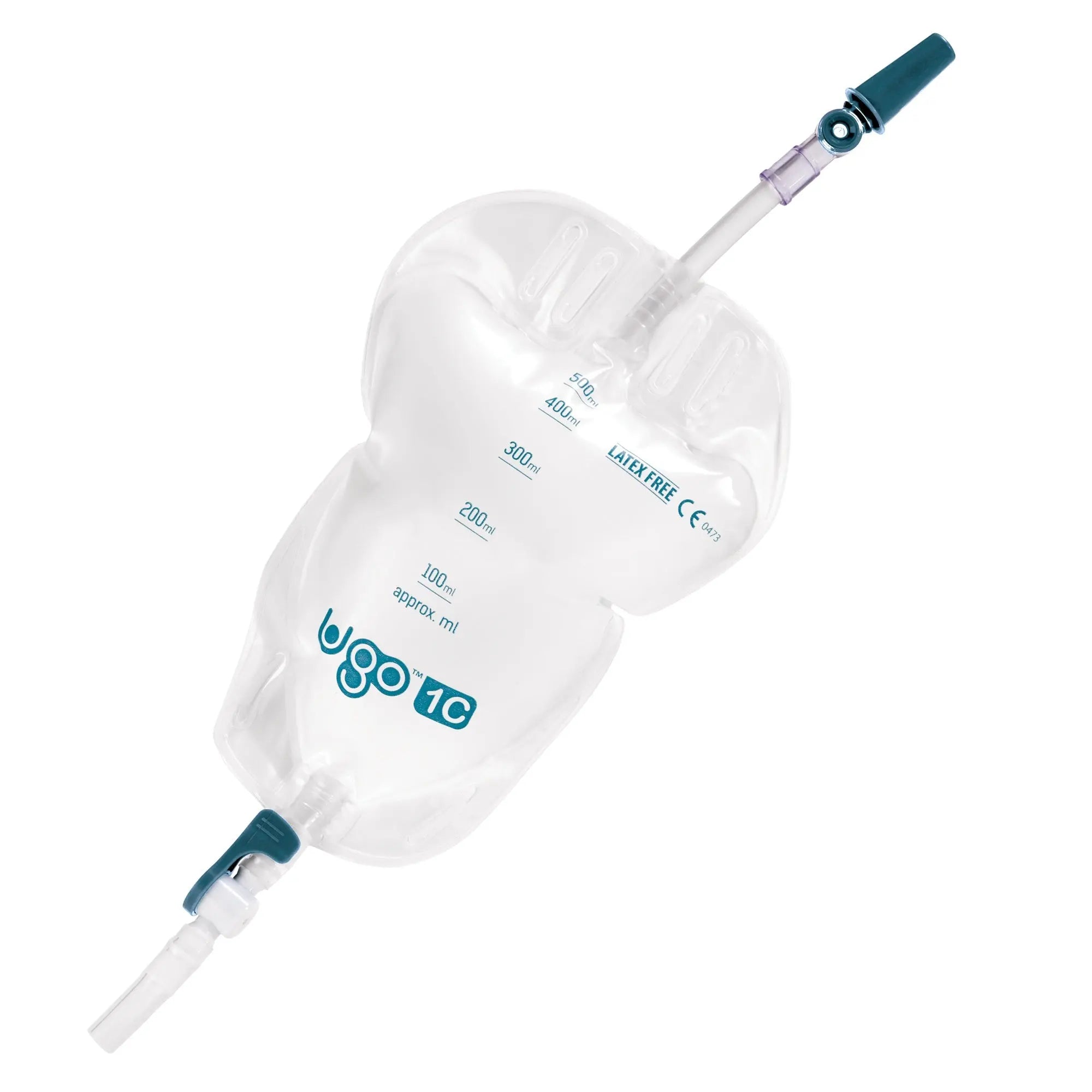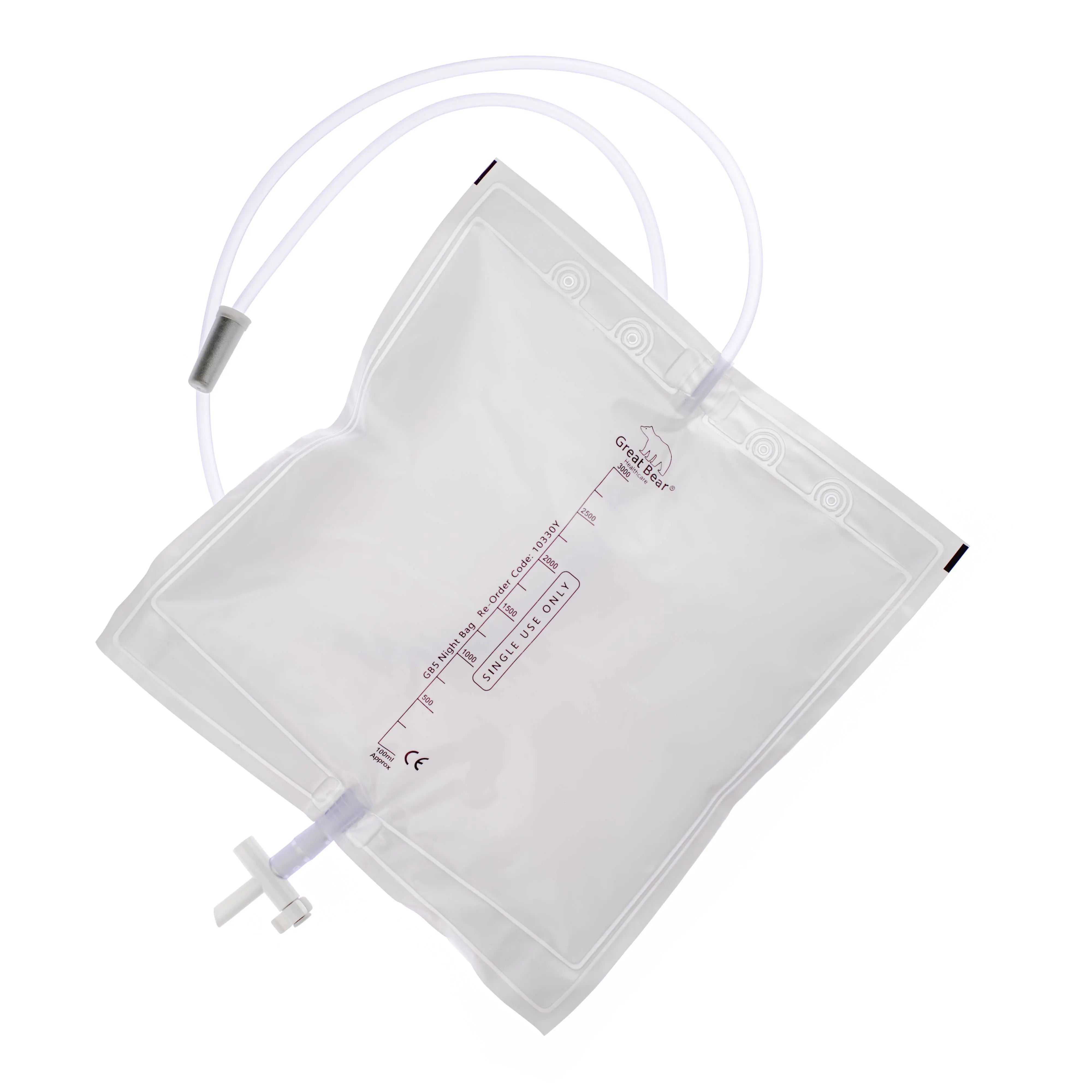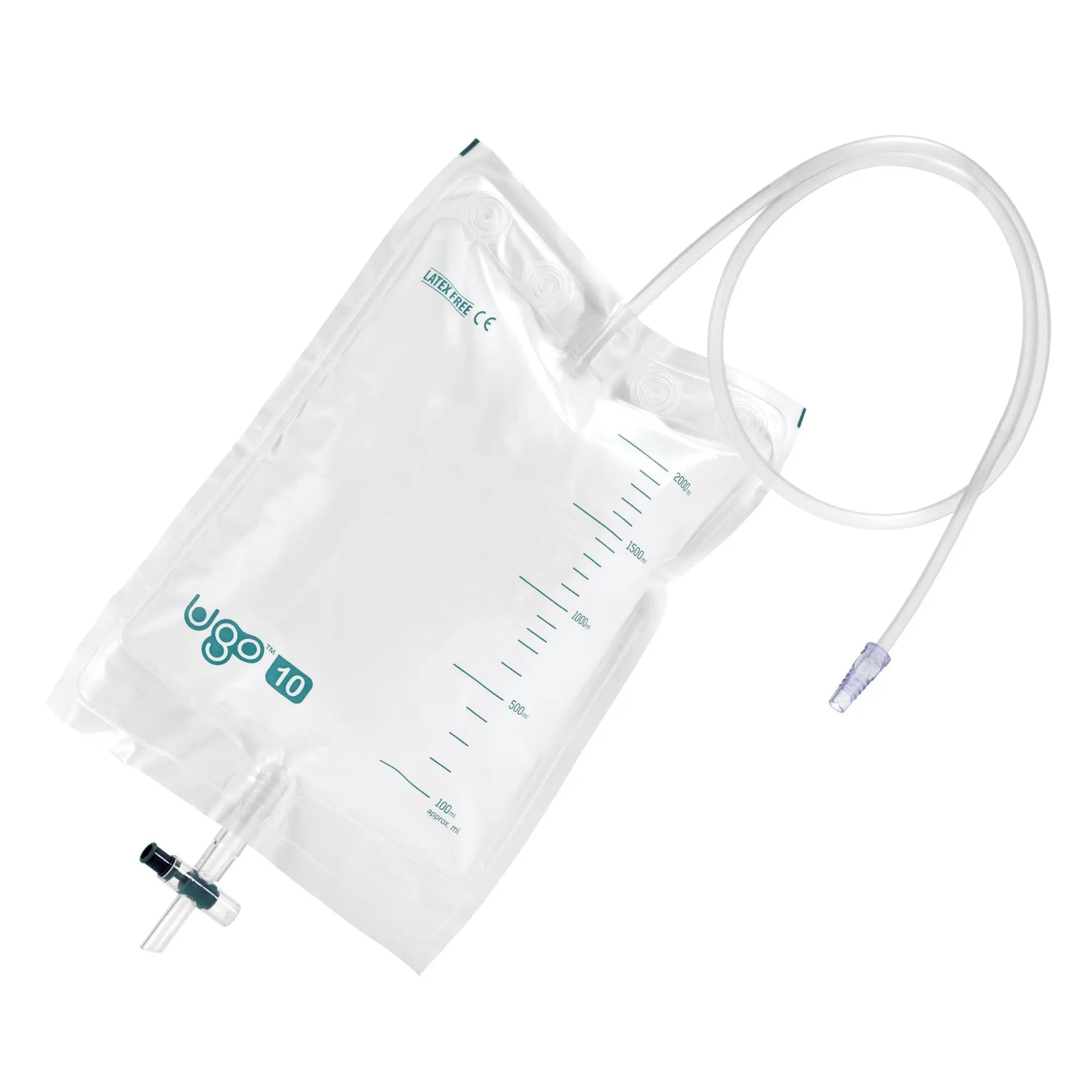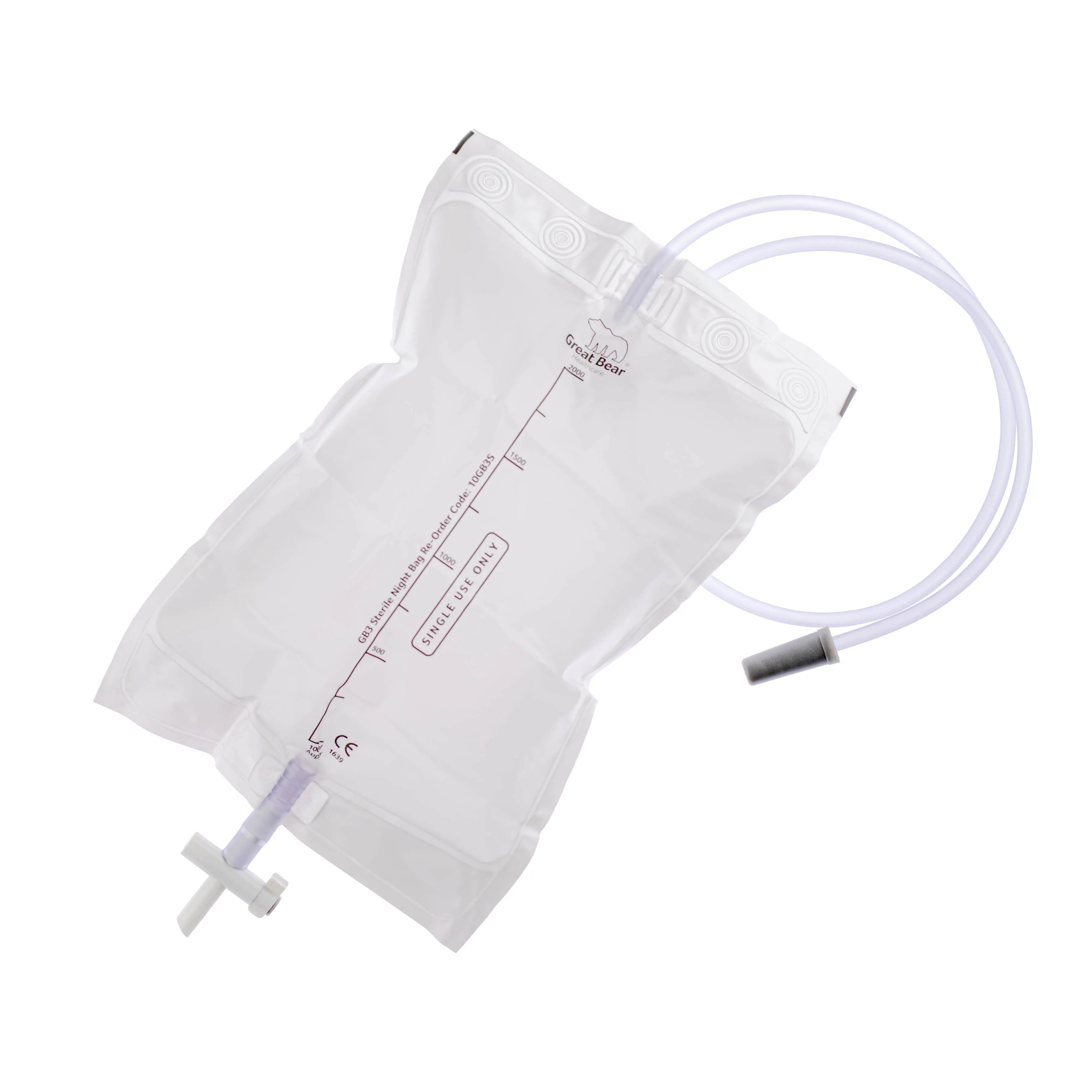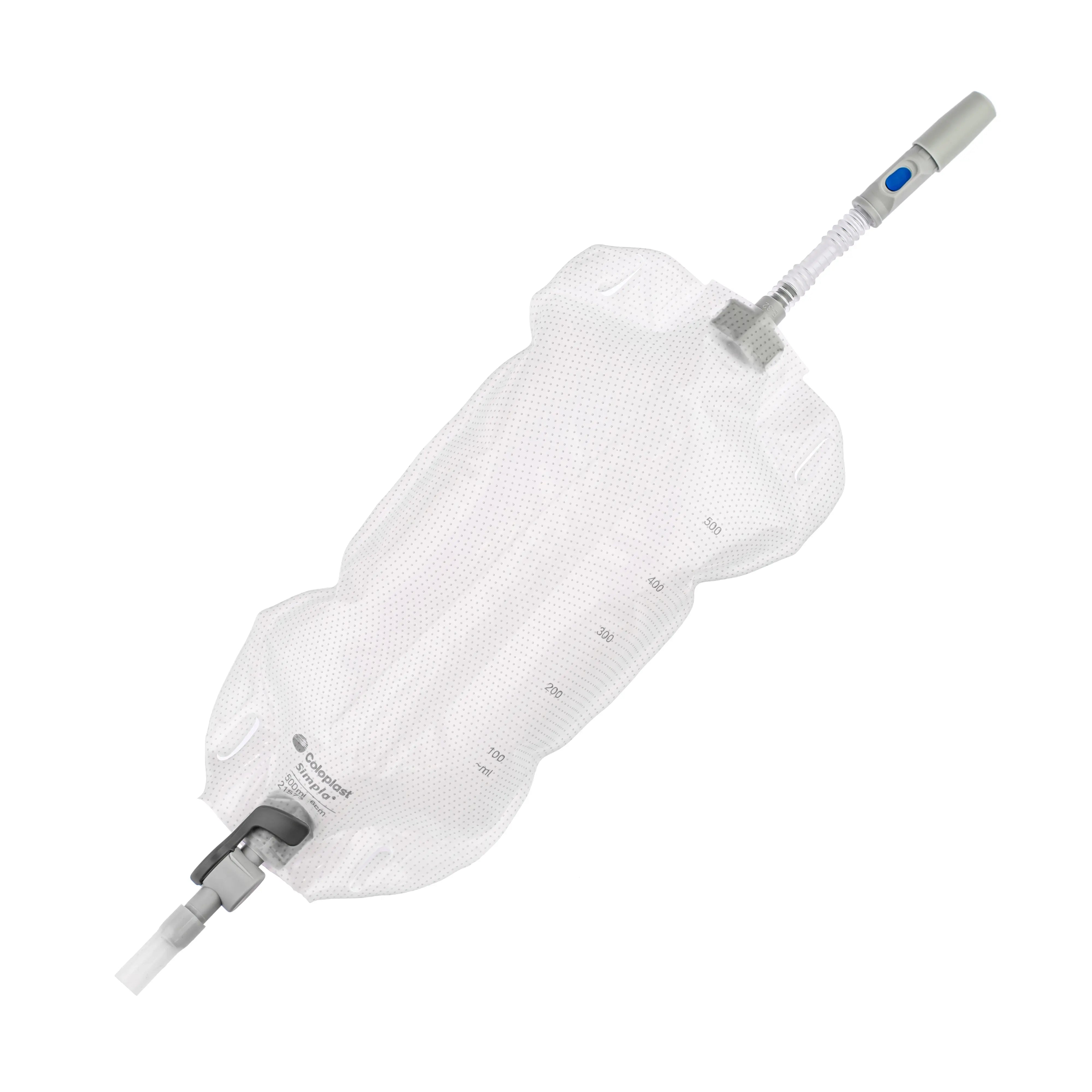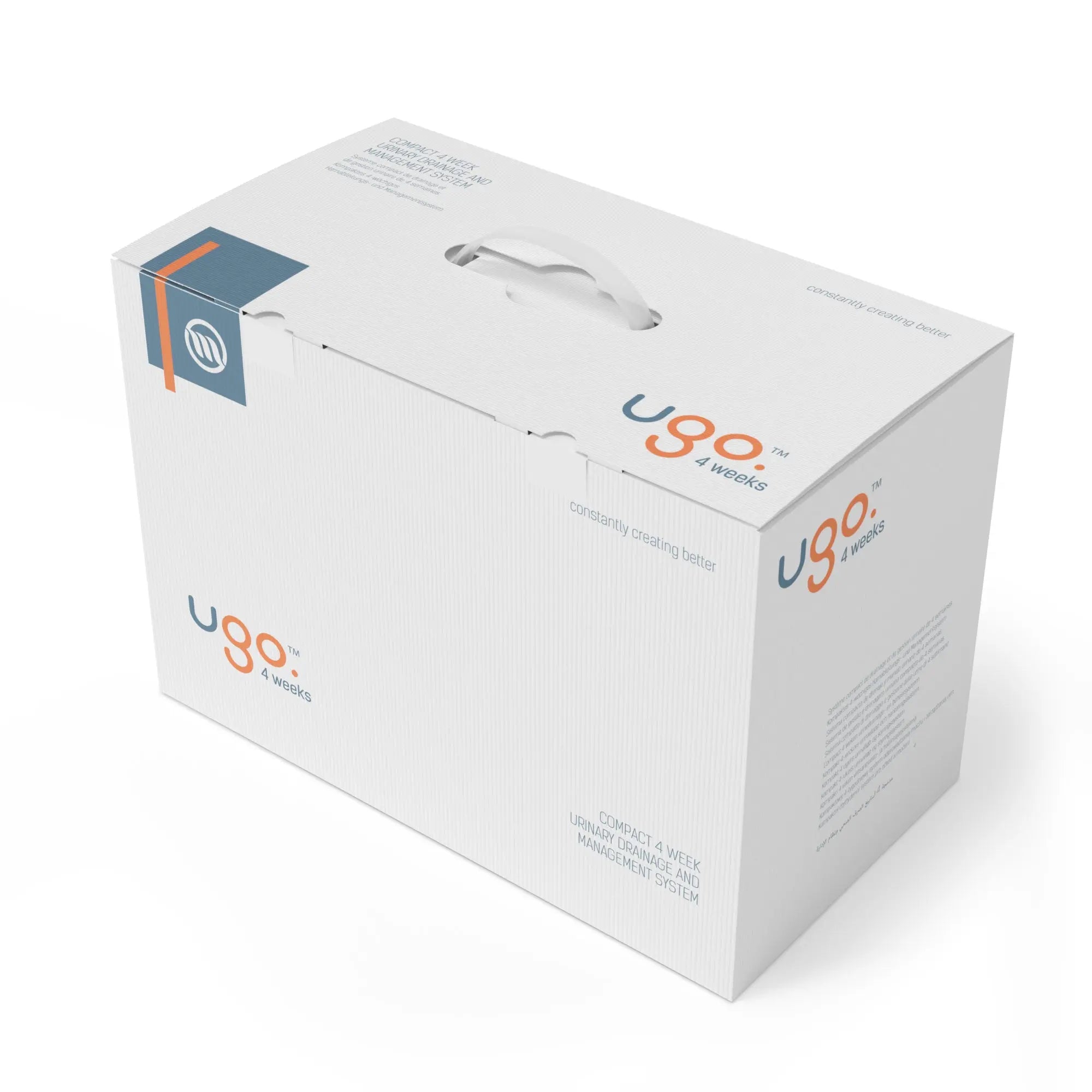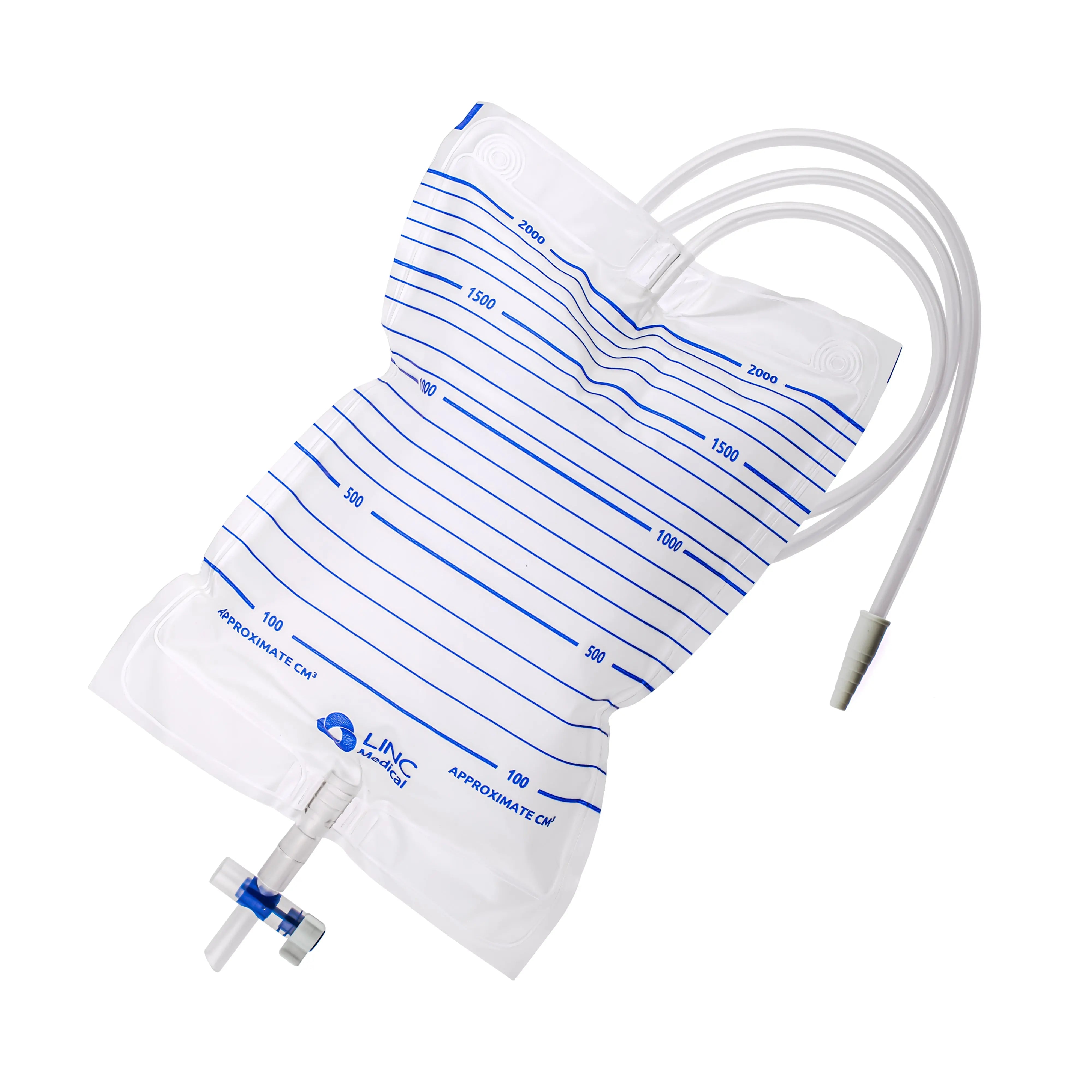What are the benefits of using a catheter valve?
Using a catheter valve offers several benefits. One of the main advantages is that it allows you to control when your bladder empties, which can help maintain your bladder’s natural function. This can reduce the risk of bladder shrinkage that sometimes occurs with continuous drainage into a leg bag. Valves are also more discreet than leg bags, as they can be hidden under clothing, giving you more freedom and comfort in daily activities. Additionally, some people find that using a valve improves their quality of life by reducing the need to carry or conceal a leg bag.
How to use a catheter valve
Using a catheter valve is simple. After inserting the catheter, you attach the valve directly to the catheter tubing. Throughout the day, the valve remains closed, allowing urine to collect in the bladder. When you feel the need to urinate, or at regular intervals recommended by your healthcare provider, you open the valve to drain the urine into the toilet. After emptying your bladder, close the valve again. It’s important to ensure you open the valve to drain urine at least every 3 to 4 hours to avoid overfilling the bladder.
What is a catheter valve?
A catheter valve is a small device that attaches to the end of a catheter tube, allowing you to control when your bladder empties. Instead of continuous drainage into a leg bag, the valve lets urine accumulate in your bladder, and you can open the valve to drain it when needed. This can help preserve the bladder's normal function and give you more control over your urinary process.
How does a catheter valve work?
A catheter valve works by acting as an on/off switch for urine flow. When the valve is closed, urine stays in the bladder. When you open the valve, urine flows out of the catheter and into a toilet or container, emptying your bladder. It’s designed to mimic the natural process of urination, allowing your bladder to fill and empty as it normally would.
Catheter valve vs leg bag
The main difference between a catheter valve and a leg bag is in how they manage urine drainage. A leg bag continuously collects urine, allowing it to drain from the bladder all the time, while a catheter valve allows you to control when your bladder empties. A leg bag is often used for continuous drainage, especially when mobility or convenience is a concern, while a valve is more discreet and can help maintain normal bladder function by allowing it to fill and empty on a regular schedule. Your choice between the two may depend on your lifestyle, comfort, and specific medical needs.
How often should a flip flow valve be changed?
A flip flow valve, which is a type of catheter valve, should typically be changed every 5 to 7 days. However, your healthcare provider may recommend a different schedule based on your individual situation. Regular changing is important to reduce the risk of infection and ensure the valve functions properly.
How often should a catheter valve be changed?
Like a flip flow valve, a standard catheter valve should generally be changed every 5 to 7 days, or as directed by your healthcare provider. Regular replacement is crucial for maintaining hygiene and to help prevent complications such as blockages or infections.
Are catheters uncomfortable?
Catheters can cause some discomfort, especially when first inserted, but they should not be painful. You might feel some pressure or irritation, but this often decreases over time as your body adjusts. If you experience significant discomfort or pain, it’s important to contact your clinician, as this could indicate an issue that needs to be addressed.
What type of taps do catheter valves have?
Catheter valves typically have either a lever tap or t tap mechanism. A lever tap operates like a small lever that you flip open to drain urine and flip closed when done. A t tap valve features a sliding bar at the top of the T shape, which opens the valve to drain urine, when done simply close the sliding bar by pressing on the other end. Both types are designed to be easy to use with one hand, and your choice might depend on personal preference and ease of use.


